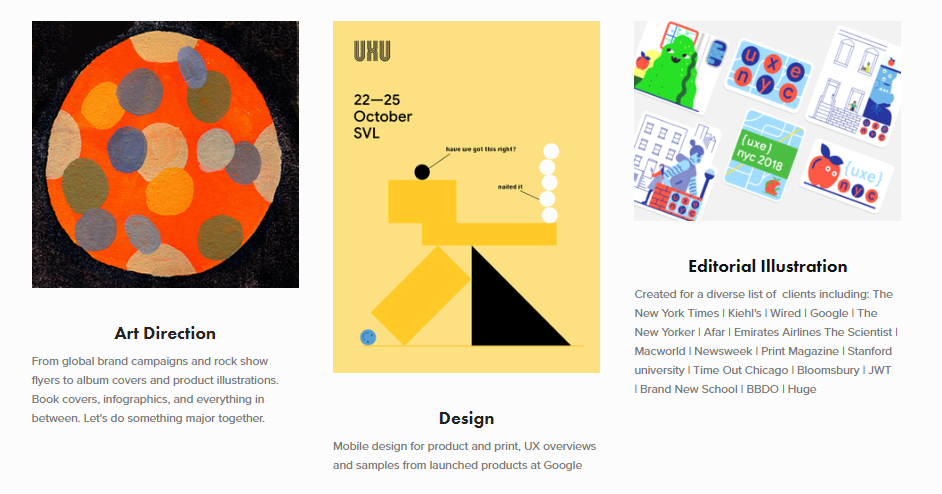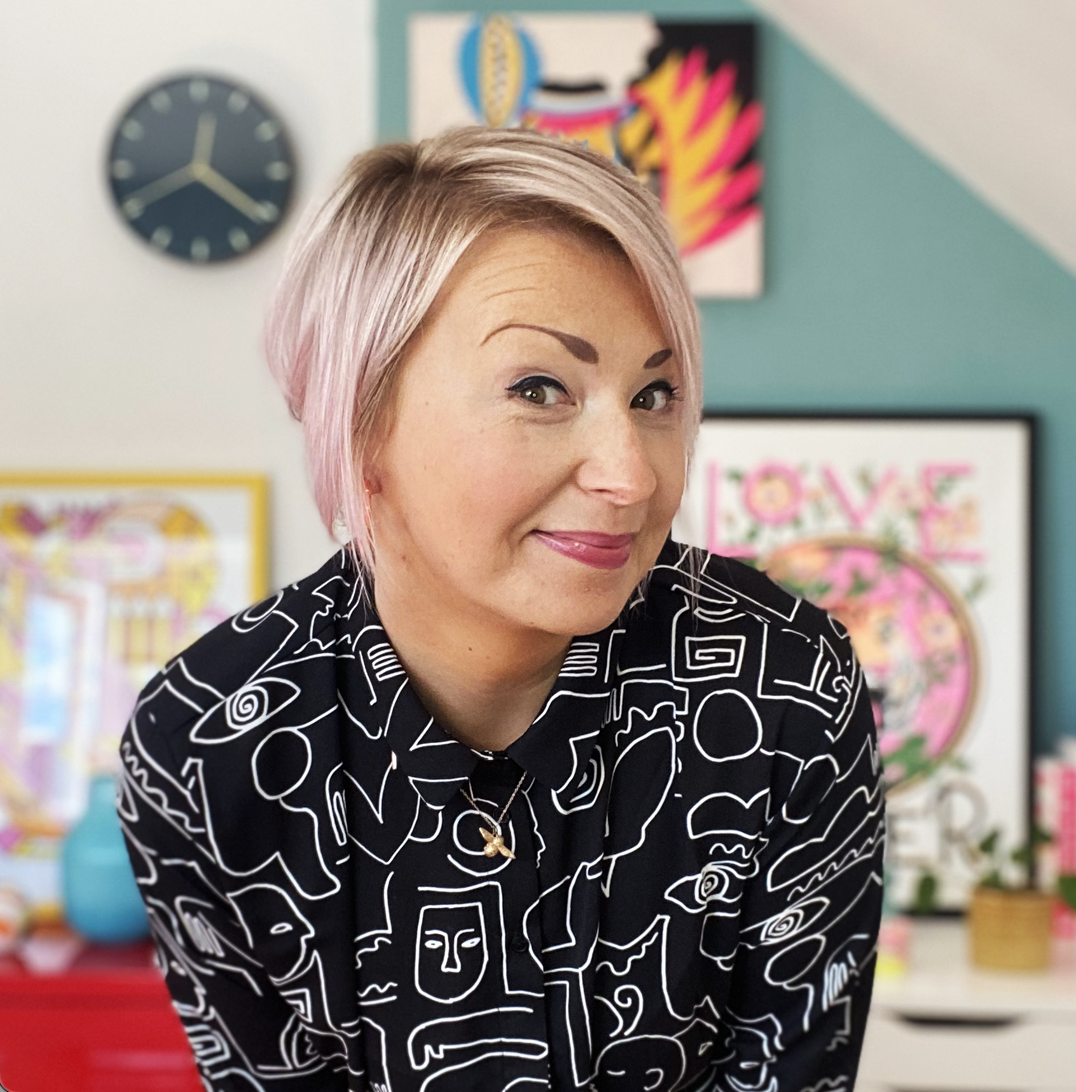How to refine your design portfolio
Make your portfolio stand out by following this pro advice.
Your portfolio holds the key to getting the next project in the bag so it deserves a lot of attention. It's also important to remember it's never a finished product. As a creative professional, you should be constantly evaluating your portfolio to make it the best it can be, cutting the dross and allowing the best bits to sing. But how do you go about making that happen?
We've spoken to industry pros who have got five top tips for refining your portfolio – to make it stand out in the way you need it to. For more portfolio inspiration, check out our roundup of the best design portfolios, guaranteed to get your creative mind whirring.
01. Get graded
Laura Hussey, creative director at SomeOne, thinks it's vital to actively seek out feedback, but within a certain framework.
“Ask someone to grade your projects as good, better or best. This takes away their fear of offending you, but also means you can see which ones aren’t performing as well,” she advises.
02. Be super-selective

“For freelancers, a portfolio should represent the type of work that you’re looking for to get more of. Be very selective," says Emma Hopton, associate creative director at Taxi.
She continues: "Show just enough for someone to grasp a sense of your style, approach, signature… whatever. However, be careful not to distract by including too much, or completely different kinds of work.”
03. Get a different perspective
Thijs Remie, vice-president of product design at WeTransfer, advises you to step out of your comfort zone when seeking portfolio criticism. He explains:
Get the Creative Bloq Newsletter
Daily design news, reviews, how-tos and more, as picked by the editors.
“Go outside of your comfortable circle of peers and like-minded people. Try to get a different perspective on your work from, for example, someone who regularly recruits designers or even someone with a completely different background."
Remie says your portfolio should be so clear that "your neighbour should be able to understand your portfolio. See how that works out for you.”
04. Be honest with yourself
“Five consistently strong examples of your work are significantly more powerful than a random selection of 10 projects that are all over the place," says Remie.
"You need to be really honest with yourself about what you want, what you’re great at, and what to choose not to do and show," she adds. "Knowing yourself is hard enough as it is, confidently selling yourself even more so.”
05. Show your process

Justin Gabbard, art director at Google Play, urges you to reveal the person behind the curtain. “Generally for UX portfolios I like to see three larger projects with examples of sketches all the way through completion showing the why behind the what,” he says. If you show your process, the viewer can then understand you as a creative.
This is an edited extract from an article originally published in issue 291 of Computer Arts, the world's best-selling design magazine. Buy issue 291 or subscribe here.
Read more:

Thank you for reading 5 articles this month* Join now for unlimited access
Enjoy your first month for just £1 / $1 / €1
*Read 5 free articles per month without a subscription

Join now for unlimited access
Try first month for just £1 / $1 / €1

Lisa Hassell is a creative coach and the founder of Inkygoodness – a global community on a mission to connect, inspire, and empower the next generation of artists, illustrators and creative entrepreneurs.
